Symphonic composers are convinced that what they have to say is important. They have to be. Not only are these composers spending months or years preparing a score during the composition process, they’re also asking a room of a hundred or more orchestral musicians, plus hundreds more in the audience, to trust them that their symphony will be worth their time.
Most symphonies in the repertoire last around half an hour. So imagine the confidence that these five composers had to have to write symphonies that run for…well, much longer than that.
How long exactly? In reverse order, here are five of the longest symphonies ever, and the story behind them:
Gustav Mahler (1860-1911): Symphony No. 3
(1 hr 30 minutes to 1 hr 45 minutes, depending on the orchestra and conductor)
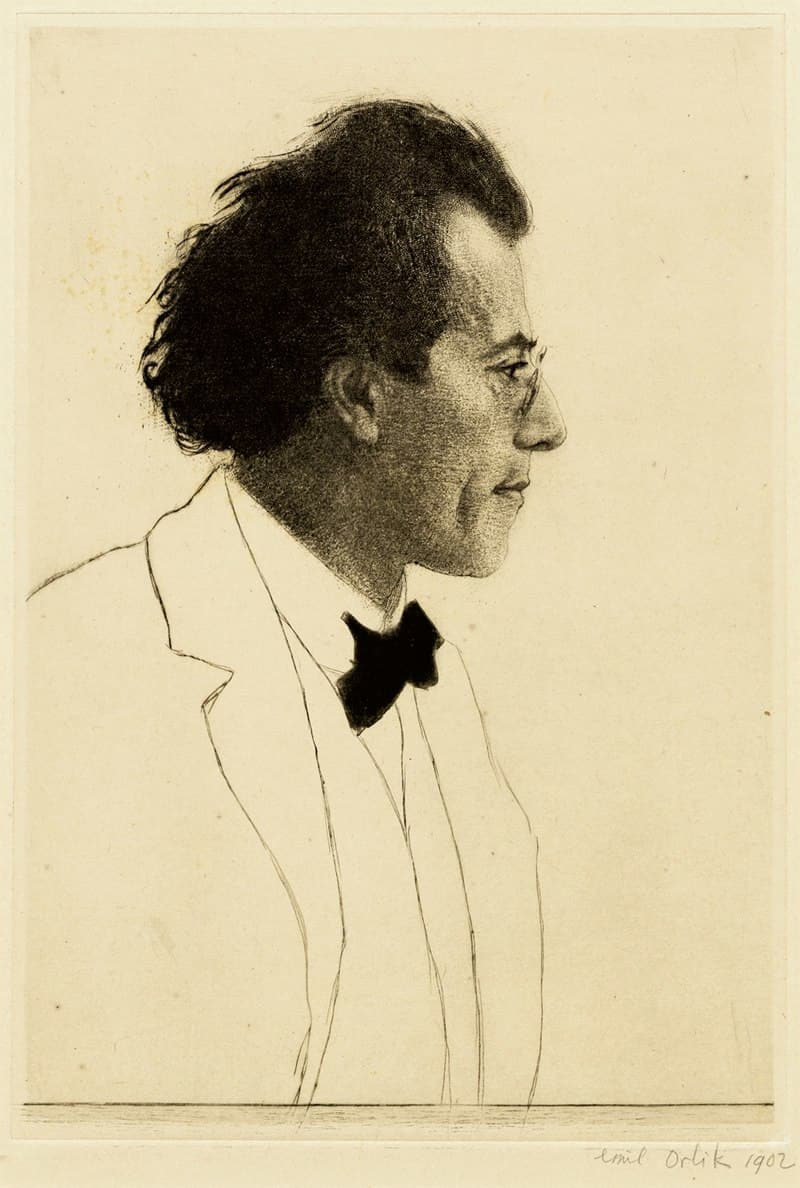
Gustav Mahler
Mahler’s third is the symphony that most orchestra audiences think of when they hear the words “longest symphony.” It is indeed the longest symphony in the standard repertoire. It depends on the conductor, but it usually runs longer than ninety minutes…the length of an entire movie!
Most of Mahler’s Symphony No. 3 was written in 1895, but it wasn’t actually premiered in its entirety until 1902. The symphony consists of six movements, and the first one alone is half an hour! To bring his very long vision to life, Mahler required massive musical forces, including eight horns, eight timpani, bells, glockenspiel, a women’s choir, a boy’s choir, and alto soloist.
Havergal Brian (1876-1972): Symphony No. 1 – Gothic
(1 hr 45 minutes)
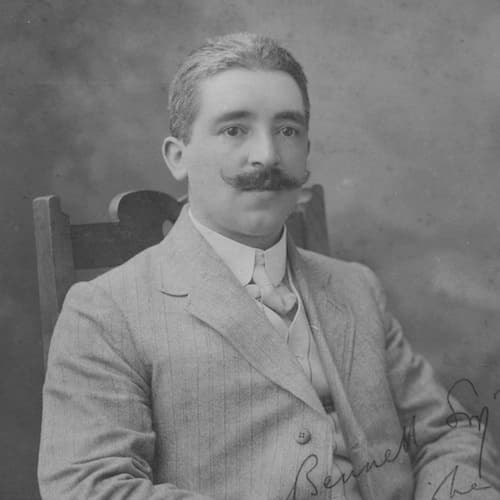
Havergal Brian, c. 1900
Composer Havergal Brian was the definition of prolific. He wrote thirty-two symphonies and his first one, known as the Gothic, holds the Guinness World Record of being the longest ever written (even though, as you’ll see, it’s not actually the longest). He also had five children with his wife, and then another five with the servant he later fell in love with. Prolific, indeed.
Brian worked on his Gothic Symphony from 1919 to 1927. The inspiration behind the work was huge: the title references the Gothic era from roughly the 1100s to the 1500s, when Europe made great strides in scientific knowledge and cultural expression.
The forces required to perform the symphony are mind-boggling and include multiple choirs, multiple vocal soloists, bells, chimes, chains, and even a bird scarer. Consequently, the work wasn’t even premiered until 1961. In fact, the first professional performance did not occur until 1966, when it was heard in all of its glory at Royal Albert Hall. Brian, 90 years old by that time, was in attendance and took a well-deserved bow at the end.
Jean Louis Nicodé (1853-1919): Gloria! Symphony
(2 hr 5 minutes)
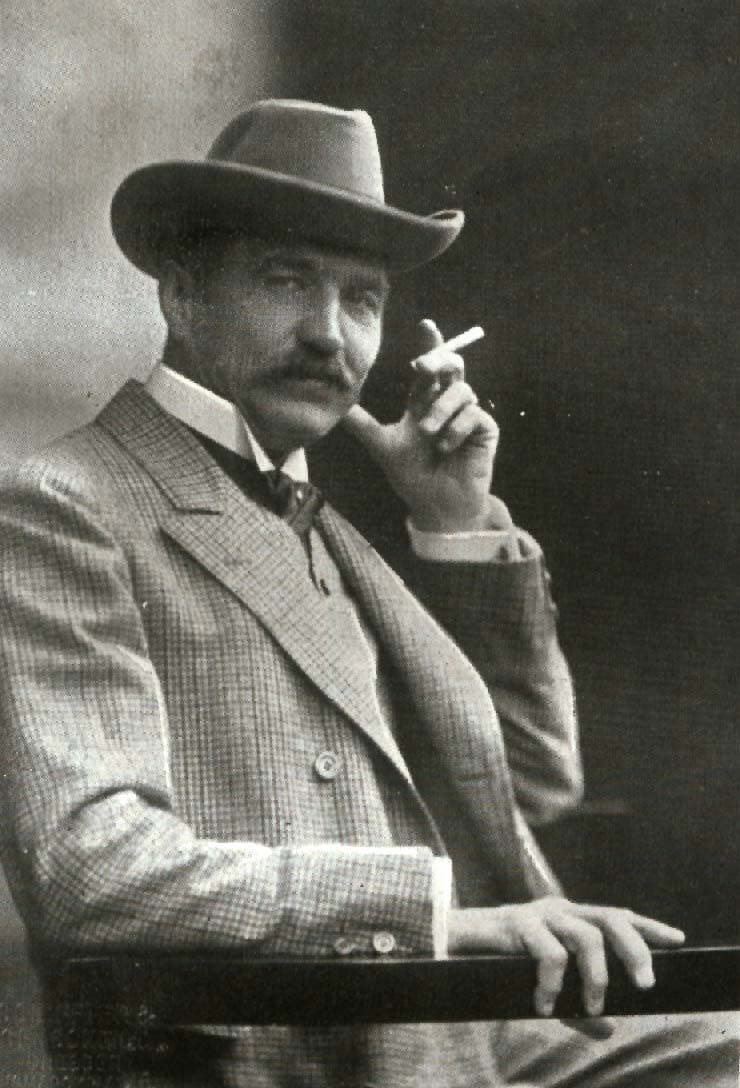
Jean Louis Nicodé, 1906
Jean Louis Nicodé was a Prussian pianist, conductor, and composer who lived from 1853 to 1919. His magnum opus, composed late in life, was his second symphony, the Gloria! Its full title in English is “Gloria! A Storm and Sun Song – Symphony in One Movement for Large Orchestra, Organ and Choir.”
It has not been recorded – in fact, scholars are still working on assembling parts for performance – but in 2013 a Nicodé superfan named Steffen Fahl used a computer program to create a digital performance of all 250,000 notes of the symphony, generously making it available to curious listeners for free. The work is so long that Fahl worked up a ten-minute trailer featuring some of the work’s best snippets.
Kaikhosru Sorabji (1892-1988): Symphony No. 2 – Jami
(4 hr 45 minutes)
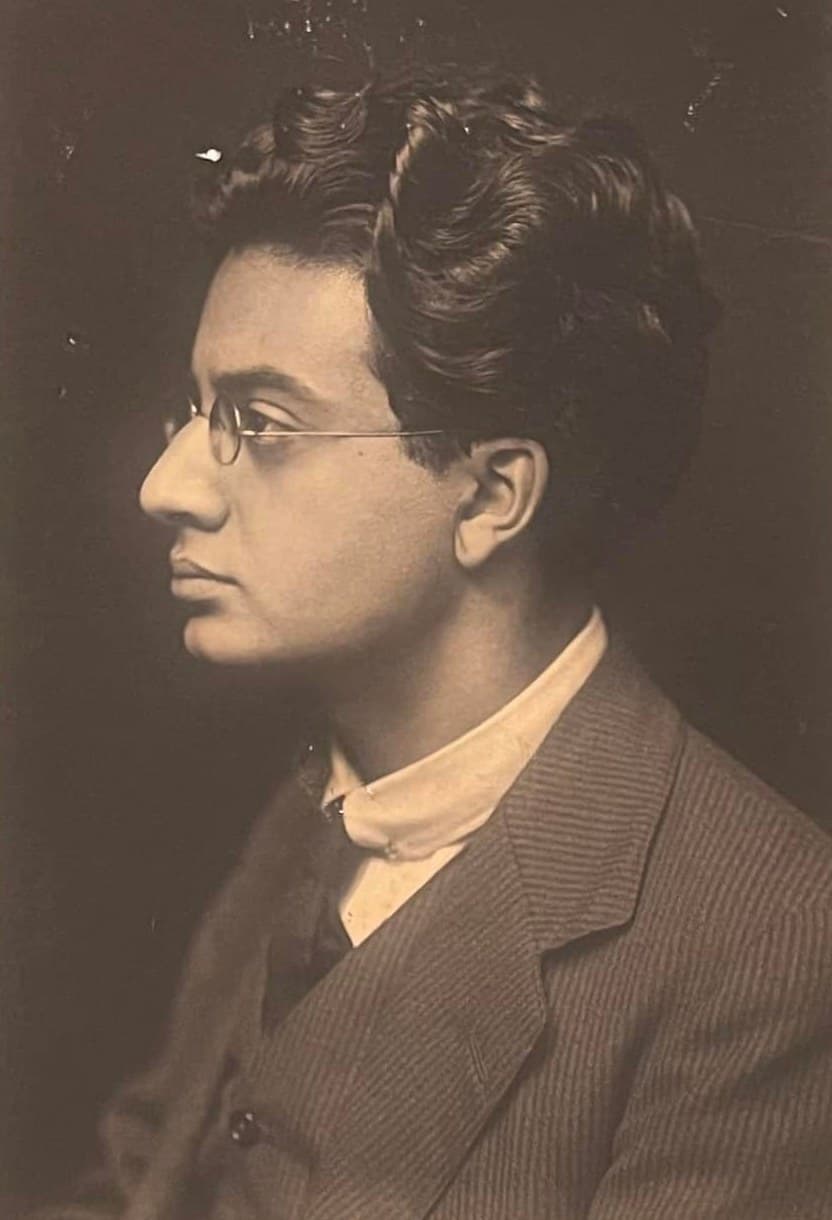
Kaikhosru Sorabji in 1917
Kaikhosru Sorabji was a prolific composer and writer, the son of an Englishwoman and a Bombay-born businessman. Because of his wealth, mixed ancestry, and queerness, he always felt isolated, keeping to himself and making his own way. Family wealth enabled him to devote himself to music.
His second symphony, subtitled Jami, was written for orchestra, piano, organ, baritone solo and chorus and composed between 1942 and 1951. The manuscript is over 800 pages long. It too has been digitally created using computer software, and even annotated.
Dimitrie Cuclin (1885-1978): Symphony No. 12
(Estimated six hours)
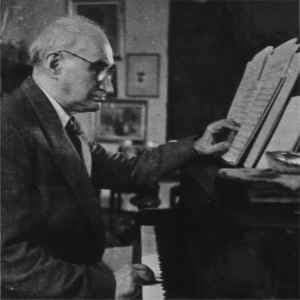
Dimitrie Cuclin
There isn’t a lot of easily available information about Romanian composer and philosopher Dimitrie Cuclin’s twelfth symphony. But based on mentions in The New Yorker and on Wikipedia, this 1951 work is written for orchestra, soloist, and chorus. It remains unperformed, and it is rumored to last around six hours.
For more of the best in classical music, sign up for our E-Newsletter


Let me guess. Sam goober is going to yell “encore” at the end of any of these symphonies.
sure he will
Fascinating article! Do I have the will power to familiarize myself with a 6-hour symphony?
Schumann’s Scenes from Goethe’s Faust deserves at least an honorable mention (2hours 20 mins or so)
Only Mahler 3 is played with any regularity.
I have heard the Mahler and have a recording of the Brian Gothis symphony on order.